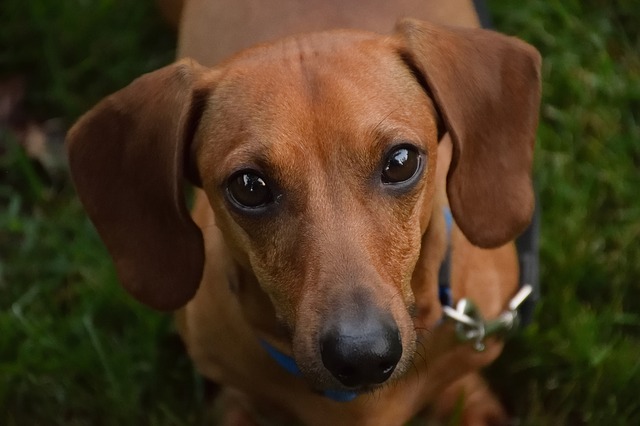Dachshund Pattern Baldness
Dachshunds aren't weighty shedders, however some measure of balding is ordinary in the smooth and long-haired assortments of the variety. The wire-haired doxie doesn't shed. Losing a lot of hair - - with no regrowth - - or hair dropping out in patches isn't the standard in any doxie. Assuming that your wiener canine begins to go uncovered, your vet needs to decide the reason. Dachshund balding might be essentially surface level, or show a genuine ailment.
Pinnal Alopecia
Doxies are inclined to pinnal alopecia, or genetic example hairlessness. In this variety, balding normally starts on the external ears, in the end spreading over all or the greater part of the body. By late middle age, the impacted canine's hair is essentially gone. His skin obscures totally or in patches.
Acanthosis Nigricans
Acanthosis nigricans is one more hereditary problem of dachshunds, showing up by the canine's first birthday celebration. While acanthosis nigricans alludes to skin obscuring, it's the not a similar hardship as the obscuring in pinnal alopecia. On the off chance that you're fortunate, the condition remains basically superficial, yet it can form into genuine skin injuries. While there's no remedy for acanthosis nigricans, skin and oral or injectable steroid prescriptions are regularly recommended for treatment of going with wounds.
Shading Dilution Alopecia
Dachshunds of particular shades are inclined to shading weakening alopecia, hereditary balding showing up fundamentally in blue and grovel coats. Your doxie of an alternate tone has a typical hair coat in puppyhood, yet when he's 3 years of age - - and likely prior - - quite a bit of that hair is away for great. While not all "weaken" dachshunds are impacted, the condition is very normal. Other than going bald and diminishing, your canine might experience the ill effects of auxiliary skin contaminations. His wellbeing isn't generally impeded. Your vet can endorse antibacterial shampoos to limit diseases, and may suggest unsaturated fat enhancements for skin wellbeing.
Read More About : Dachshund Pattern Baldness
